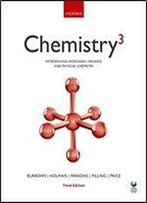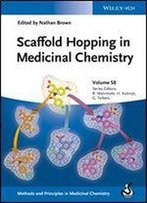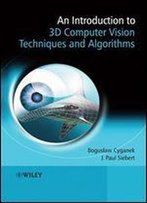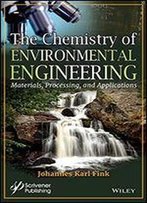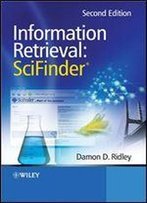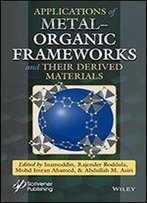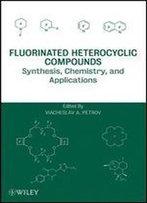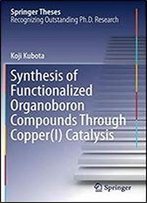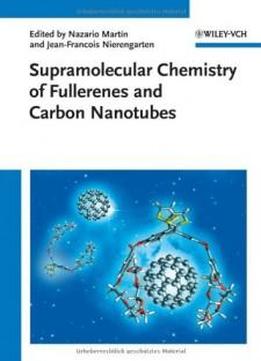
Supramolecular Chemistry Of Fullerenes And Carbon Nanotubes
by Nazario Martin /
2012 / English / PDF
11.4 MB Download
Collating our current knowledge and the latest developments for
enabling breakthrough discoveries, this book focuses on the
synthesis and applications of materials that are based on
supramolecular assemblies of carbon nanostructures, with an
emphasis on fullerenes and nanotubes. In so doing, it provides
readers with an overview of the different types of supramolecular
architectures, accentuating the outstanding geometrical, electronic
and photophysical properties of the building blocks and the
resulting structures. It makes use of basic concepts and real-life
applications -- from simple syntheses to complex architectures,
from instructive examples to working experimental procedures, and
from photophysics to solar cells. A large part of each chapter is
devoted to the methods and possibilities of controlling and tuning
these molecular assemblies in order to obtain working
devices.
Collating our current knowledge and the latest developments for
enabling breakthrough discoveries, this book focuses on the
synthesis and applications of materials that are based on
supramolecular assemblies of carbon nanostructures, with an
emphasis on fullerenes and nanotubes. In so doing, it provides
readers with an overview of the different types of supramolecular
architectures, accentuating the outstanding geometrical, electronic
and photophysical properties of the building blocks and the
resulting structures. It makes use of basic concepts and real-life
applications -- from simple syntheses to complex architectures,
from instructive examples to working experimental procedures, and
from photophysics to solar cells. A large part of each chapter is
devoted to the methods and possibilities of controlling and tuning
these molecular assemblies in order to obtain working
devices.
Fascinating reading for materials scientists, organic chemists,
molecular physicists, and those in the semiconductor
industry.
Fascinating reading for materials scientists, organic chemists,
molecular physicists, and those in the semiconductor
industry.
